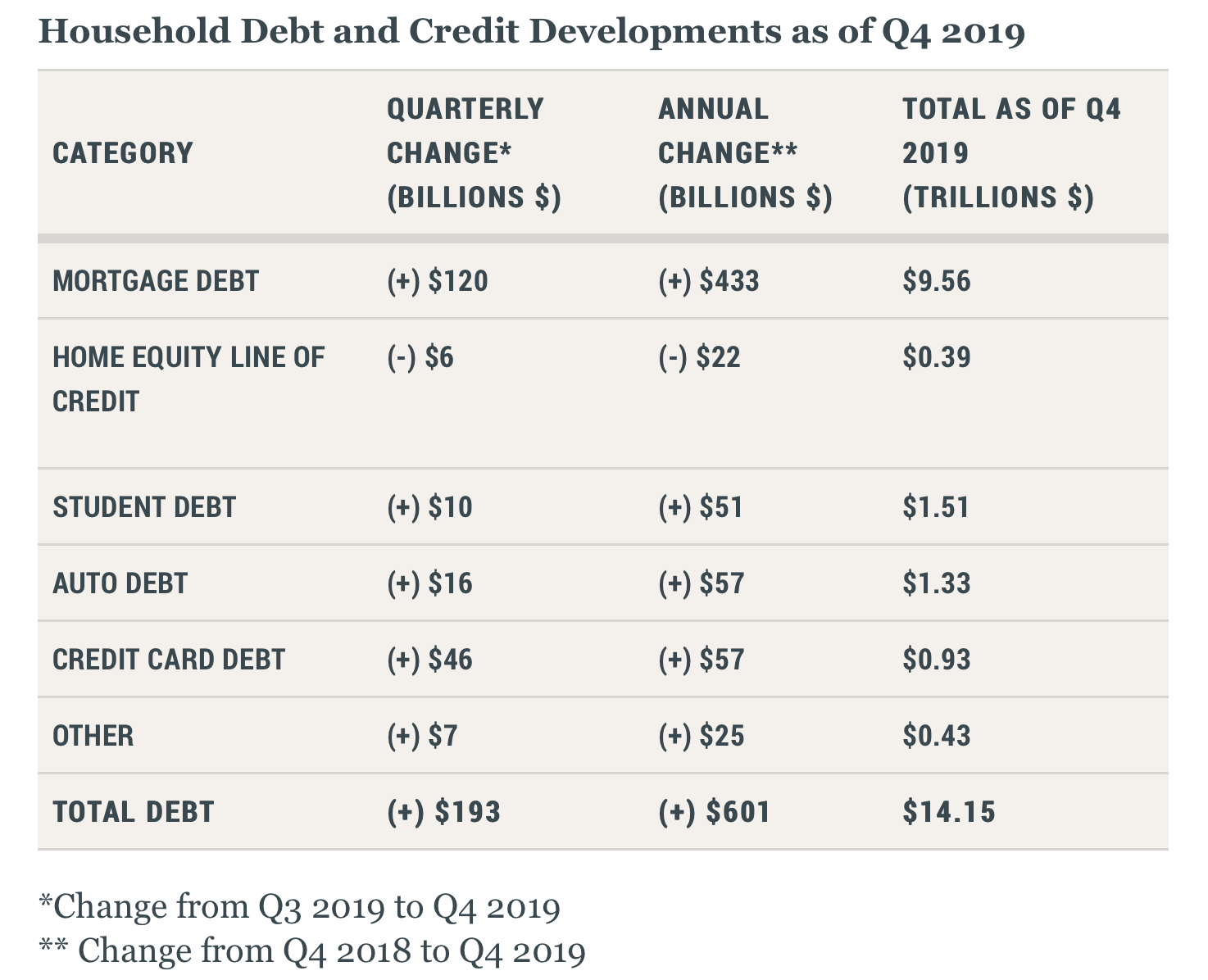To amend the Fair Debt Collection Practices Act to safeguard access to information for consumers and to stop abusive debt litigation, and for other purposes.
Friday, February 21, 2020
Wednesday, February 26, 2020
Please note that in order to view the content for the
Bankruptcy Headlines
please
log in
if you are already an ABI member, or otherwise you may
Become an ABI Member
Tuesday, February 25, 2020
Please note that in order to view the content for the
Bankruptcy Headlines
please
log in
if you are already an ABI member, or otherwise you may
Become an ABI Member
Friday, February 21, 2020
Please note that in order to view the content for the
Bankruptcy Headlines
please
log in
if you are already an ABI member, or otherwise you may
Become an ABI Member
To amend title XXVII of the Public Health Service Act, the Employee Retirement Income Security Act of 1974, the Internal Revenue Code of 1986, and title XI of the Social Security Act to prevent certain cases of out-of-network surprise medical bills, strengthen health care consumer protections, and improve health care information transparency, and for other purposes.
Monday, February 10, 2020
Wednesday, February 19, 2020
Please note that in order to view the content for the
Bankruptcy Headlines
please
log in
if you are already an ABI member, or otherwise you may
Become an ABI Member


